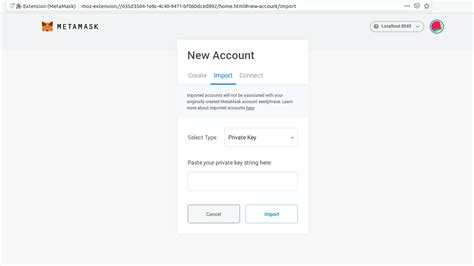Here is an article based on your message:
Ethereum: Importing Two Wallets into the Bitcoin-QT Client
This is very closely related to importing a single wallet.dat into a new Bitcoin-Qt client, but I feel like it’s not a duplicate, because the great answer to this question is that you only need to restore one wallet.
If you’re using the Ethereum network and want to import multiple wallets from your local machine into the Bitcoin-QT client, there are a few ways to do it. In this article, we’ll look at two common methods: importing individual wallet.dat files into the Bitcoin-QT client.
1. Method 2: Importing Custom Wallet.dat Files
To get started, you will need a few things:
- A Bitcoin-Qt client installed on your computer
- Multiple Ethereum wallets stored in a single wallet.dat file
Here is how to import these custom wallets:
- Open the Bitcoin-QT client and go to
Settings
>
Wallets.
- Click the
Load Wallet button next to each wallet you want to import
- Select the appropriate wallet.dat file from your local computer
- The wallet will be loaded into the Bitcoin-QT client
2. Method 2: Using a script to import multiple wallets
Alternatively, you can use a script to import multiple wallets at once. This method is more complex and requires some technical knowledge.
You will need:
- Bitcoin-Qt client installed on your computer
- Multiple Ethereum wallets stored in separate wallet.dat files
Here is how you can use the malleus script, a popular tool for importing multiple wallets into the Bitcoin-QT client:
- Download and install the
malleusscript from the official website
- Create a new folder on your computer with a name of your choice (e.g.
EthereumWallets).
- Copy all wallet.dat files to the specified folder, making sure they are all in the same format
- Run the following command in the terminal:
malleus -i-c wallets.cfg
- Replace
wallets.cfgwith the configuration file containing the names of all wallet.dat files you want to import.
Conclusion
Importing multiple Ethereum wallets into the Bitcoin-QT client can be done in two ways: by loading individual wallet.dat files or by using a script. While both methods are viable solutions, they may require more technical knowledge and setup than restoring a wallet.
Regardless of which method you choose, make sure to follow best practices for protecting your wallet data and keep your software up to date to avoid potential security issues.
